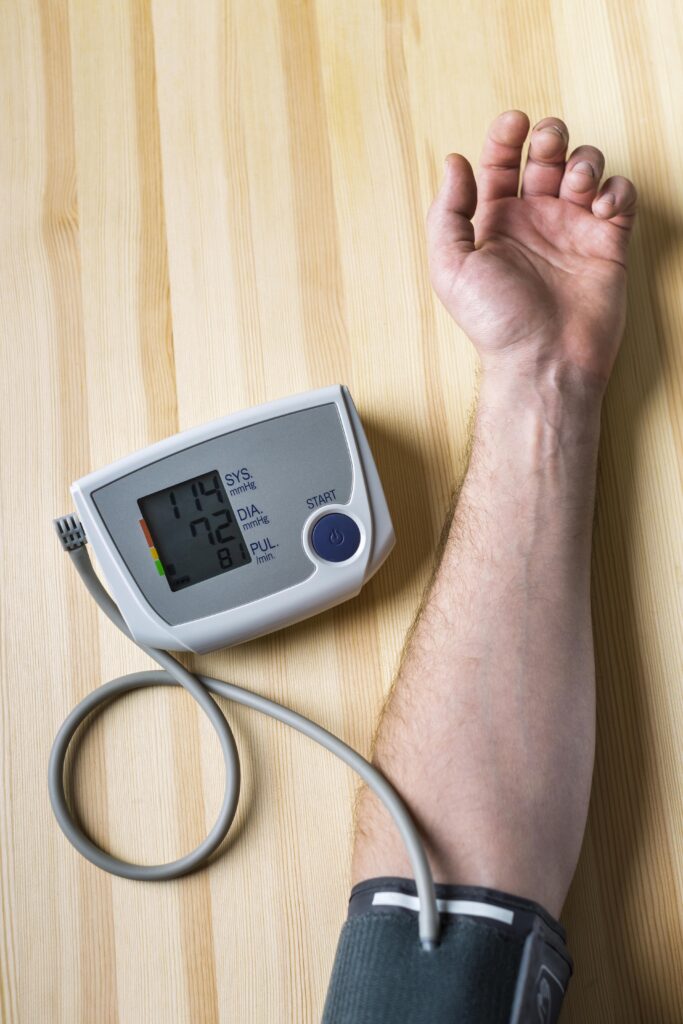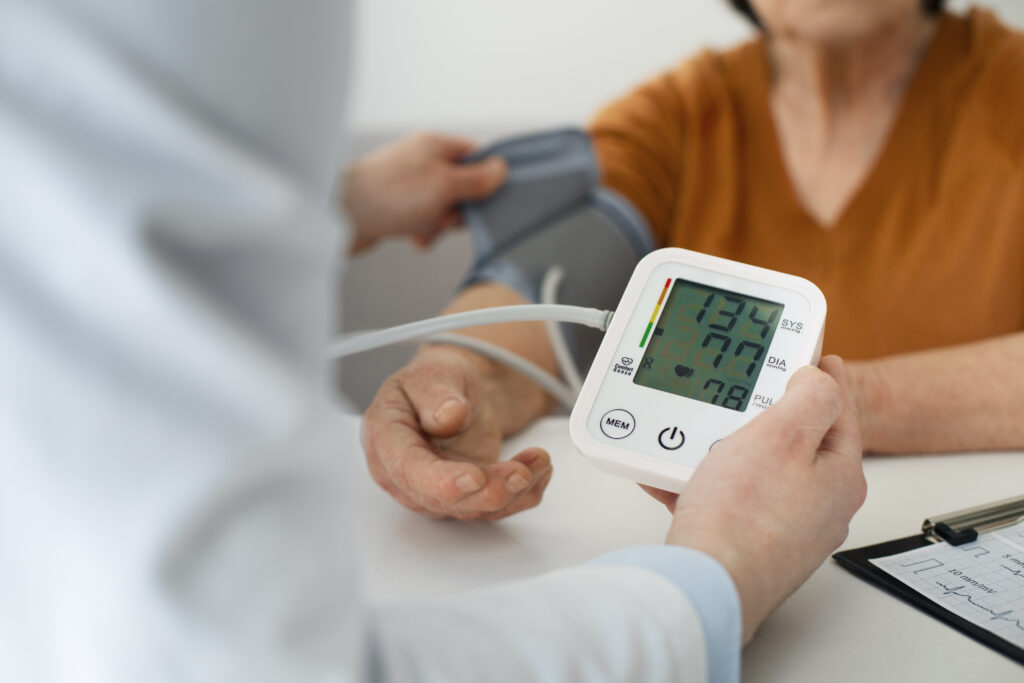Vitamin D Benefits, Deficiency Signs, Dosage & Food Sources | Doctor’s Guide
Discover the health benefits of Vitamin D, how to prevent deficiency, recommended daily intake, natural sources, and safe supplementation – explained by a doctor.
Table of Contents
🌞 Introduction: The Underrated Hormone-Like Vitamin
Vitamin D might be called a vitamin, but here’s the kicker—it behaves more like a hormone. While it’s best known for keeping bones strong, it also plays a vital role in immune function, mood regulation, heart health, and even cancer prevention.
Yet, Vitamin D deficiency is alarmingly common, even in sunny regions like India. Sedentary indoor lifestyles, sunscreen use, and pollution limit the skin’s ability to make enough of it.
In this article, we’ll explore:
- What Vitamin D is and how it works
- Signs and health risks of deficiency
- Food sources and sunlight exposure tips
- How much you actually need
- Supplementation advice for different age groups
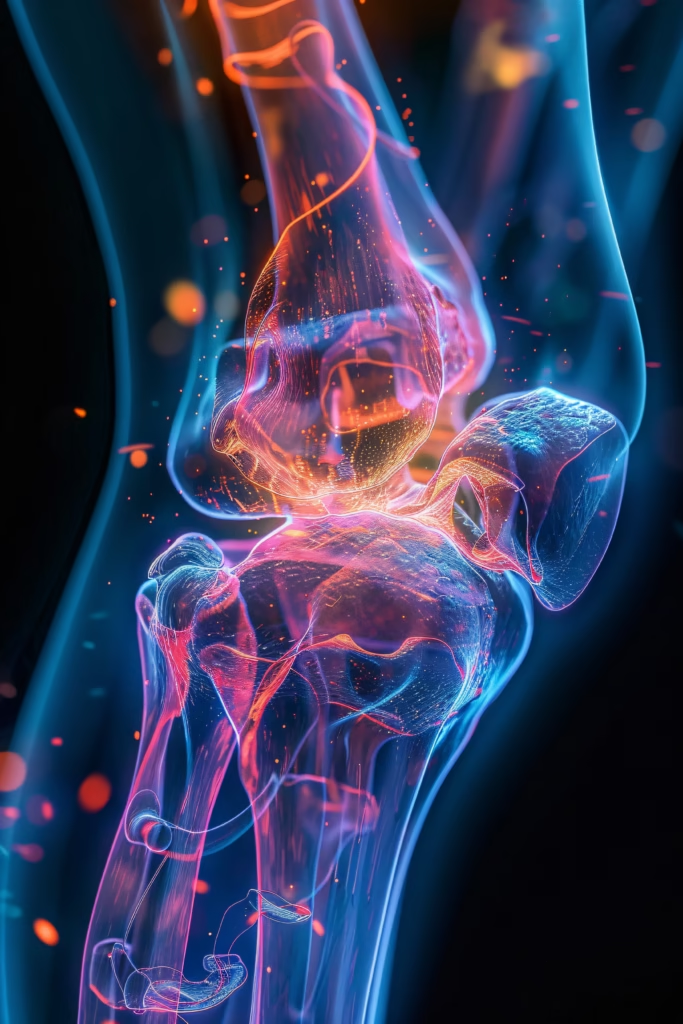
🧪 What Is Vitamin D?
Vitamin D might be called a fat soluble vitamin, but here’s the kicker—it behaves more like a hormone. There are two main forms:
- Vitamin D2 (ergocalciferol) – from plant sources and fortified foods
- Vitamin D3 (cholecalciferol) – made in the skin and found in animal sources; more effective at raising vitamin D levels in the body
It is activated in the liver and kidneys to form calcitriol, the active hormone that regulates calcium metabolism.
🌿 Why Do We Need Vitamin D?
🦴 1. Builds Strong Bones & Teeth
- Helps absorb calcium and phosphorus
- Vitamin D plays a crucial role in keeping your bones strong and healthy. In kids, it helps prevent rickets—a condition that causes soft, weak bones and bowed legs. For adults, it’s essential to ward off osteomalacia (soft bones) and osteoporosis (brittle, fragile bones that can break easily). Think of it as the cement that helps calcium stick to your bones and keep your skeleton solid as a rock.
🛡️ 2. Strengthens the Immune System
- Boosts innate immunity
- Having low levels of Vitamin D can leave your immune system running on low battery. Research shows that people with a deficiency are more likely to catch infections like the common cold, seasonal flu, and even more serious illnesses like COVID-19. Think of Vitamin D as your body’s immune coach—keeping your defenses sharp, alert, and ready to tackle invading germs.

😊 3. Improves Mood & Mental Health
- Low levels are associated with depression, seasonal affective disorder (SAD), and fatigue
- Plays a role in brain health
❤️ 4. Supports Heart Health
- May help regulate blood pressure
- Associated with reduced inflammation and better cardiovascular function
🧬 5. May Protect Against Cancer & Autoimmune Diseases
- Emerging evidence shows it may reduce risk of colon, breast, and prostate cancers
- Vitamin D does more than just help bones—it may also play a protective role in autoimmune conditions. Studies suggest that having enough Vitamin D might lower the risk of chronic illnesses like multiple sclerosis and type 1 diabetes.
⚠️ Signs & Symptoms of Vitamin D Deficiency
Deficiency is common in:
- People who stay mostly indoors
- Dark-skinned individuals
- Breastfed infants without supplementation
- People with obesity or malabsorption syndromes
- Elderly individuals
Common Symptoms:
- Fatigue and tiredness
- Bone pain or soft bones
- Muscle weakness or cramps
- Low immunity or frequent infections
- Mood changes, including depression
- Hair loss in severe cases
☀️ Sunlight – The Natural Source of Vitamin D
How it works:
- UVB rays convert cholesterol in the skin to Vitamin D3
- To naturally boost your Vitamin D levels, you need to soak up some sunshine—without sunscreen. Aim for about 10 to 30 minutes of direct sunlight on your skin, around 3 to 5 times a week. Your body actually makes Vitamin D when sunlight hits your skin, kind of like how plants make energy through photosynthesis. Just be mindful not to overdo it to avoid sunburn!
- Best time: 11 AM to 2 PM
Darker skin requires longer sun exposure than lighter skin.
Glass blocks UVB—sunlight through windows doesn’t help.

🥗 Dietary Sources of Vitamin D
There are some foods naturally rich in Vitamin D. Fortified foods help fill the gap.
🐟 Animal Sources (D3):
| Food | Vitamin D per 100g |
|---|---|
| Cod liver oil (1 tbsp) | 450 IU |
| Salmon | 360 IU |
| Sardines | 270 IU |
| Tuna | 150 IU |
| Egg yolks | 37 IU |
| Fortified milk or cereals | Varies (100–150 IU per serving) |
Note: Vegetarian sources are limited. Supplements may be necessary for strict vegetarians or vegans.
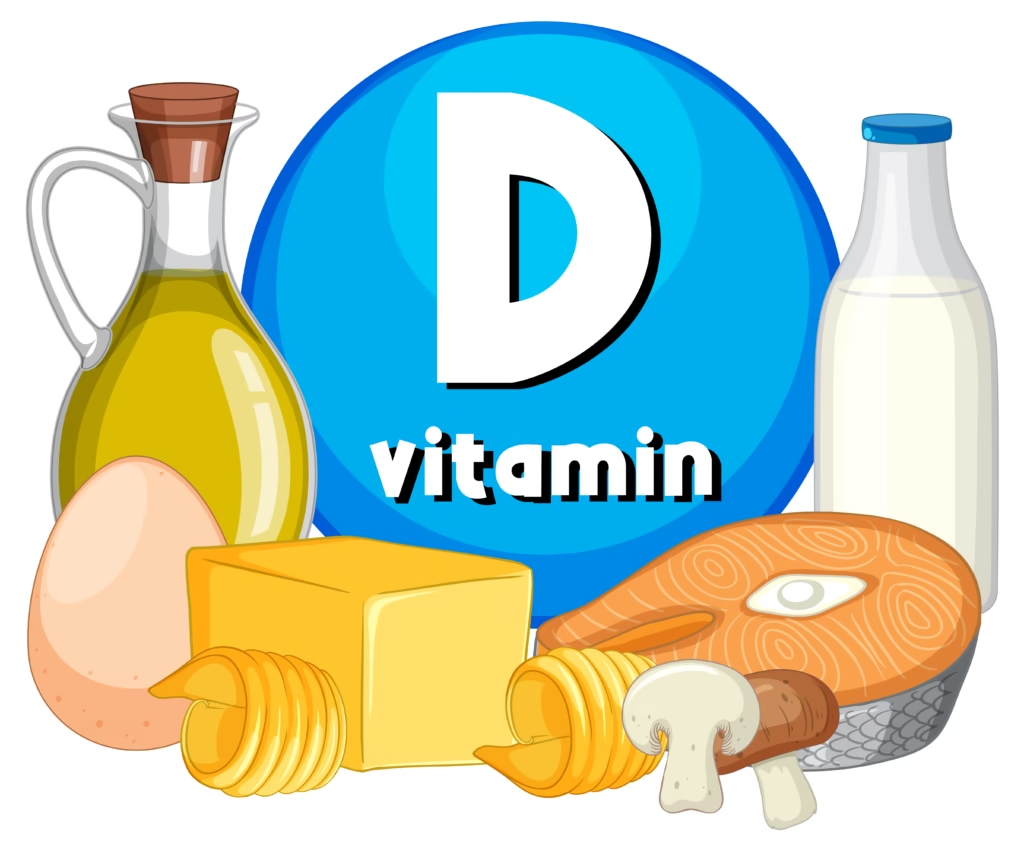
📏 Recommended Daily Intake (RDA)
| Group | RDA (IU/day) |
|---|---|
| Infants (0–12 months) | 400 IU |
| Children (1–18 years) | 600 IU |
| Adults (19–70 years) | 600–800 IU |
| Adults (70+ years) | 800–1,000 IU |
| Pregnant/Lactating | 600 IU |
IU = International Units
Some experts suggest 1,000–2,000 IU/day may be optimal for adults.
💊 Supplementation: When & How to Take It
If your Vitamin D level (25-OH-D) is low, your doctor may recommend:
🔹 Maintenance Dose:
- 1,000–2,000 IU/day
- Or weekly doses of 60,000 IU once per week for 6–8 weeks under medical guidance
🔹 Severe Deficiency Treatment:
- 60,000 IU once weekly for 8 weeks
- Followed by monthly or maintenance dosing
Tips:
- Take with a fatty meal for better absorption
- Avoid taking high doses long-term without monitoring
- Consider a combined D3 + K2 supplement for bone and vascular health
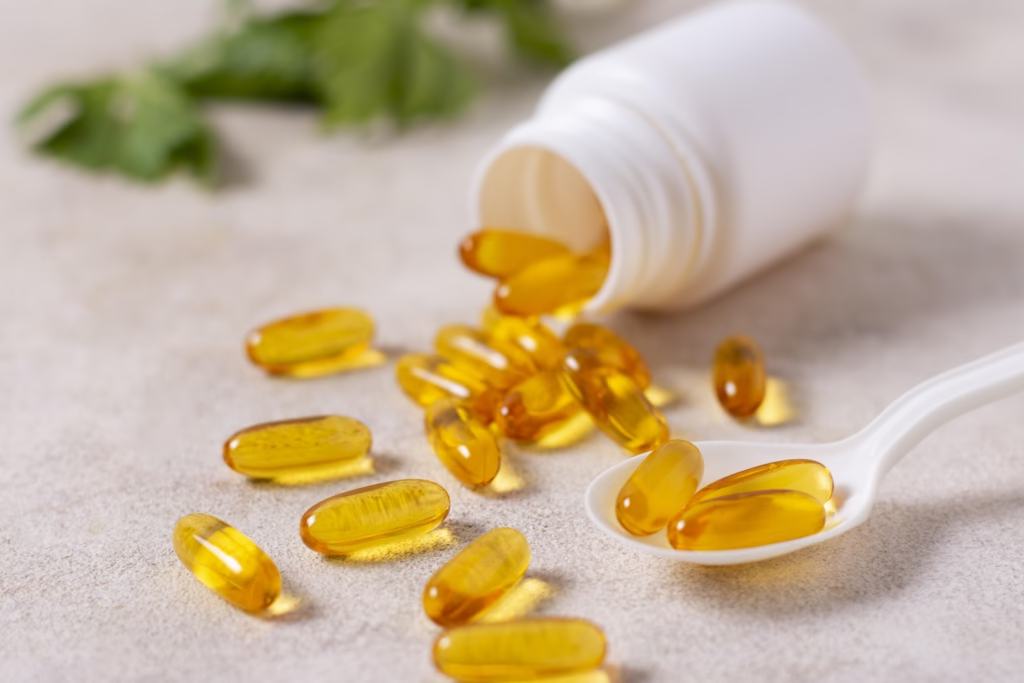
⚠️ Vitamin D Toxicity: Rare but Possible
Toxicity usually occurs only with excessive supplement use, not sunlight or food.
Symptoms:
- Nausea, vomiting
- Loss of appetite
- High calcium levels
- Kidney stones or damage
Safe upper limit for adults: 4,000 IU/day
Always monitor levels when taking long-term supplements
🩺 Doctor’s Advice
- Test your Vitamin D levels if you’re tired, prone to infections, or have bone/muscle issues
- Encourage regular midday sun exposure (without sunscreen for brief periods)
- Supplement under medical guidance if needed—especially for:
- Pregnant/lactating women
- Breastfed babies
- Seniors
- Indoor workers
✅ Summary Table
| Function | Details |
|---|---|
| Bone health | Aids calcium absorption and bone strength |
| Immunity | Enhances immune defense |
| Mental health | Linked to mood and cognition |
| Deficiency | Causes fatigue, muscle pain, infections |
| Sources | Sunlight, fish, egg yolk, fortified foods |
| Supplements | Safe when monitored; avoid megadoses |
📘 Coming Next: Vitamin E – The Antioxidant Powerhouse
In the next article, we’ll explore Vitamin E, its role in cell protection, skin and hair health, fertility, and anti-aging—and how to get it naturally.


